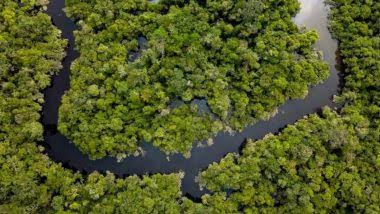In the heart of the Amazon rainforest in Ecuador, a groundbreaking discovery has emerged, challenging prevailing Eurocentric notions of civilization. Unveiled through the lens of LiDAR technology—a remote sensing method utilizing light to measure distances—the ancient city in the Upano valley reveals a sophisticated urban landscape characterized by interconnected houses, plazas, roads, and canals. This expansive network spans over 300 square kilometers, with more than 6,000 raised earthen platforms hinting at the existence of once-standing wooden structures.
Dating back between 3,000 and 1,500 years, the city presents a narrative of ancient Amazonian cultures that defies stereotypical depictions of small, primitive groups. Professor Stephen Rostain, leading the investigation at the National Centre for Scientific Research in France, underscores the transformative nature of this finding. It not only challenges existing views but also highlights the intricate urban settings where ancient people thrived.
Co-author Antoine Dorison emphasizes the remarkable longevity of this urban center, with inhabitants residing there for up to 1,000 years. This temporal depth adds a new dimension to our understanding of Amazonian history, portraying a chapter that extends far beyond fleeting settlements. The LiDAR survey conducted in 2015 provides a detailed glimpse into the city’s layout, marking a pivotal moment in reshaping perceptions of pre-Columbian civilizations in the Amazon rainforest.
In essence, this discovery serves as a testament to the sophistication and endurance of ancient Amazonian societies, inviting a reevaluation of historical narratives that have often overlooked the complexity of civilizations within the lush greenery of the rainforest. The interconnectedness, advanced infrastructure, and enduring habitation of this unearthed city stand as a testament to the richness of human history in a region that has long been underestimated in its cultural and historical significance.


